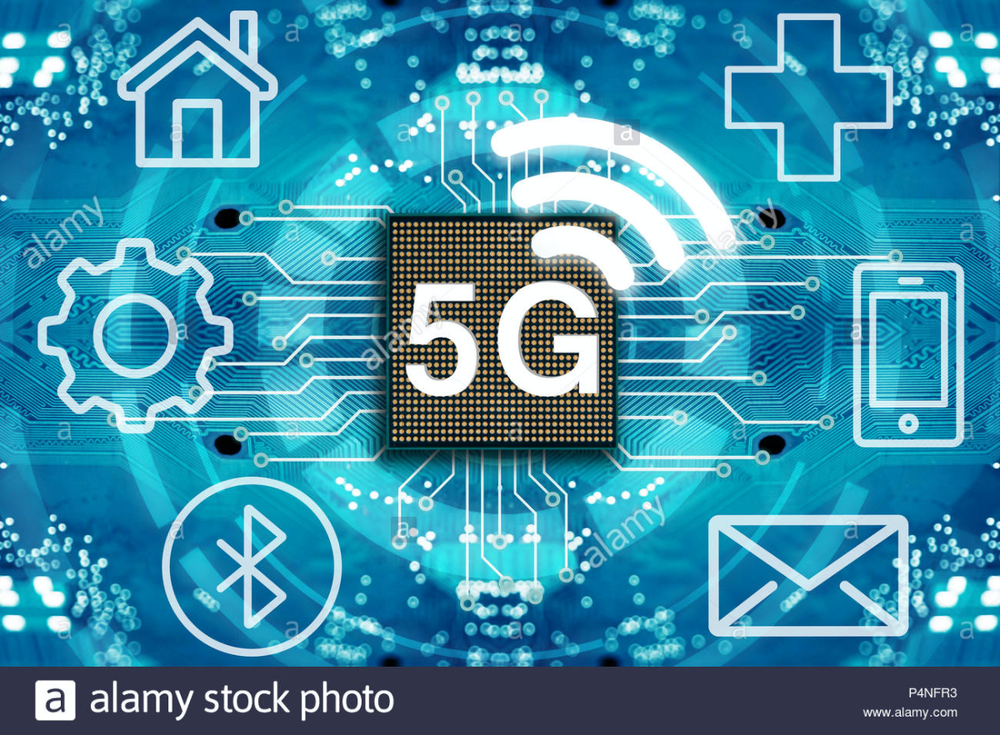Apple is expected to debut a 5G-enabled iPhone next year (and perhaps a similarly equipped iPad), and the company won’t be alone.Dozens of always-on 5G portables device models, notebooks, and ultrabooks will hit the market in 2020, and sales of these devices will exceed 10 million units by 2021, according to ABI Research.
In its new whitepaper, 54 Technology Trends to Watch in 2020, the research group’s analysts have identified 35 trends that will shape the technology market and 19 others that, although attracting huge amounts of speculation and commentary, look less likely to move the needle over the next twelve months. “After a tumultuous 2019 that was beset by many challenges, both integral to technology markets and derived from global market dynamics, 2020 looks set to be equally challenging,” says Stuart Carlaw, Chief Research Officer at ABI Research.

What will happen in 2020:
5G Always-on PCs will emerge and proliferate:
Always-on connected personal computers (PCs) have been a big challenge for the industry so far. Thanks to the emergence of 5G, 2020 will see the portable computing and mobile value chains converging to bring always-on broadband experiences on the move to new device types beyond smartphones, says David McQueen, 5G Devices, Smartphones, and Wearables Research director at ABI Research.
Dozens of always-on 5G portables device models, notebooks, and ultrabooks will hit the market by 2020 and sales of these devices will exceed 10 million by 2021, he says. ABI Research says the market will be heavily contested between traditional notebook manufacturers like Dell, HP, and Lenovo, and mobile phone makers like Apple, Samsung, Huawei, and LG. Can we hope for 5G-enabled MacBook Airs and MacBook Pros? Let’s hope.
Smartphones will dominate the 5G market:
With 5G rollouts well underway, mobile device manufacturers are stepping up their efforts to provide consumers with the devices to support the new communications technology, which offers increased data throughput, enhanced signal reliability, and better coverage.
“As consumers increasingly aim to embrace the latest feature innovations and technologies, mobile devices with access to 5G will become increasingly popular in 2020,” McQueen says. “The market will be dominated by smartphones, but 5G is also expected to make significant headway penetrating other mobile broadband device sectors, including tablets and notebooks. 5G will help shape the smartphone market in 2020, with network coverage and device affordability earmarked as the key drivers to accelerate migration, as most, if not all, smartphone manufacturers are expected to release more and more models and devices across varying price tiers throughout the year.”
What won’t happen in 2020:
5G Wearables:
Don’t expect a 5G-enabled Apple Watch next year. (And do we really need one?)
“While wearables benefit from cellular connectivity, giving them greater freedom from being tethered to smartphones and allowing wearers to use them when on the go, 5G wearables are not expected to be seen in 2020, or anytime soon,” says Stephanie Tomsett, 5G Smartphones, Devices & Wearables analyst at ABI Research.
Component manufacturers have yet to announce any 5G chipsets for wearables, and are not expected to do so in 2020, as the market potential is small, with few device shipments compared to other mobile devices.
“The requirement for the technology is low, as 4G is capable enough to support them, and there is the added complexity of fitting the required 5G components in a small form factor. That won’t happen until 2024, at the earliest,” Tomsett concludes.
